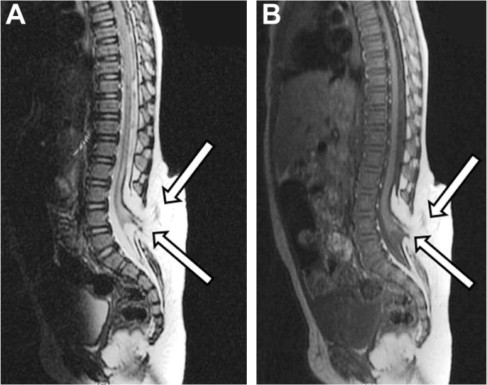Spinal Dysraphism Treatment: Understanding and Managing the Condition
Exploring Causes, Symptoms, and Available Treatment Options for Spinal Dysraphism
Spinal dysraphism refers to a group of congenital abnormalities that affect the spinal cord, spinal column, and surrounding structures. It is a condition that occurs during fetal development and can lead to a range of physical and neurological impairments. While spinal dysraphism is a lifelong condition, early intervention and appropriate treatment can help manage the symptoms and improve the quality of life for affected individuals.
Causes of Spinal Dysraphism
Spinal dysraphism is primarily caused by a failure of the neural tube to close properly during early embryonic development. The neural tube is a structure that eventually forms the brain and spinal cord. When the closure is incomplete, it can result in various types of spinal dysraphism, such as spina bifida and tethered cord syndrome. The exact cause of this failure is not yet fully understood, but it is believed to involve a combination of genetic and environmental factors.
 Symptoms of Spinal Dysraphism
Symptoms of Spinal Dysraphism
The symptoms of spinal dysraphism can vary depending on the severity and location of the abnormality. Common symptoms include motor and sensory deficits, bladder and bowel dysfunction, orthopedic problems, and developmental delays. In some cases, individuals with spinal dysraphism may also experience hydrocephalus, a condition characterized by an excessive accumulation of cerebrospinal fluid in the brain.
Available Treatment Options for Spinal Dysraphism
The treatment of spinal dysraphism aims to address the specific symptoms and complications associated with the condition. The approach may involve a multidisciplinary team of healthcare professionals, including neurosurgeons, orthopedic surgeons, urologists, physical therapists, and rehabilitation specialists. The treatment plan is tailored to the individual's needs and may include the following components:
Surgical Intervention: Surgery is often necessary to repair the spinal defect and alleviate associated complications. The timing and type of surgery depend on factors such as the type and severity of dysraphism. Procedures may involve closure of the spinal defect, detethering of the spinal cord, or shunting to manage hydrocephalus.
Orthopedic Management: Orthopedic interventions focus on addressing musculoskeletal issues associated with spinal dysraphism. This may include physical therapy, bracing, and orthopedic surgeries to correct skeletal deformities and improve mobility.
Management of Associated Conditions: Given the potential for additional complications, managing conditions like hydrocephalus, bladder and bowel dysfunction, and developmental delays is an important aspect of treatment. This may involve the use of medications, assistive devices, behavioral interventions, and specialized therapies.
Psychosocial Support: Living with spinal dysraphism can present emotional and social challenges. Therefore, psychosocial support, including counseling, support groups, and educational resources, plays a vital role in helping individuals and their families cope with the condition.
Conclusion
Spinal dysraphism is a complex condition that requires a comprehensive treatment approach. By understanding the causes, recognizing the symptoms, and utilizing the available treatment options, individuals with spinal dysraphism can lead fulfilling lives. Early diagnosis, intervention, and ongoing management are crucial in optimizing outcomes and improving the overall well-being of those affected by this condition.
What is spinal dysraphism?
Spinal dysraphism is a group of congenital abnormalities affecting the spinal cord and surrounding structures.
What are the causes of spinal dysraphism?
Spinal dysraphism is primarily caused by a failure of the neural tube to close properly during fetal development.
What are the common symptoms of spinal dysraphism?
Symptoms may include motor and sensory deficits, bladder and bowel dysfunction, orthopedic problems, and developmental delays.
What are the available treatment options for spinal dysraphism?
Treatment may involve surgical intervention, orthopedic management, addressing associated conditions, and providing psychosocial support.
Can spinal dysraphism be managed effectively?
Early intervention, appropriate treatment, and ongoing management can help manage the symptoms and improve the quality of life for individuals with spinal dysraphism.
What is the success results of Spinal Dysraphism Treatment?
The success of spinal dysraphism treatment varies depending on factors such as the severity of the condition, the specific treatment approach, and individual response, making it difficult to provide a generalized outcome. However, early intervention and comprehensive treatment can significantly improve symptoms, enhance quality of life, and prevent further complications.
We are associated with experienced and highly skilled medical professionals. We use the latest medical technology available in the world and we provide medical services in collaboration with JCI & NABH Certified hospitals only. Our services include various types of treatment and organ restructuring and transplant.
